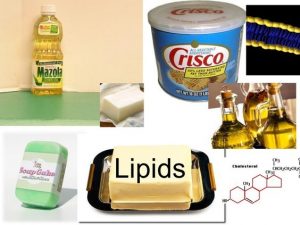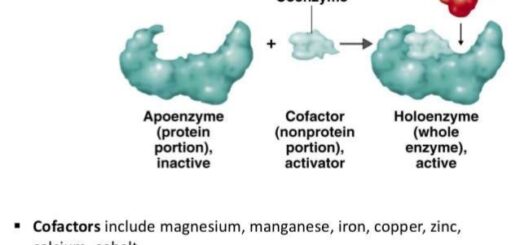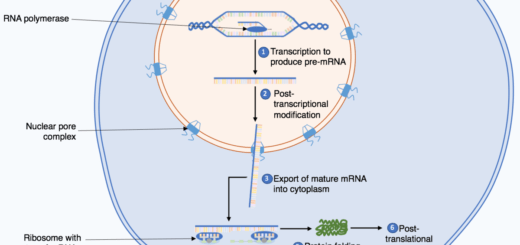The importance , classification & molecular structure of lipids
Lipids
They are biological macromolecules ( polymers ) made up of many smaller molecules ( monomers ) consisting of carbon, hydrogen and oxygen atoms, All lipids are insoluble in polar solvents ( as water), but they are soluble in nonpolar solvents such as benzene and carbon tetrachloride.
Molecular structure of lipids
Lipids are formed by union of three fatty acids and glycerol ( an alcohol containing three hydroxyl groups ( OH ) ) .
Classification of lipids
The lipids can be classified according to the chemical structure into the large group of heterogenous compounds , as the following :
- Simple lipids are divided into fats , oils and waxes .
- Complex lipids such as phospholipids .
- Derivative lipids such as Cholesterol & Some hormones ( steroids).
Simple lipids
They are formed by the reaction of fatty acids with alcohols , They are divided according to the saturation degree of the fatty acids and the type of alcohols into :
- Fats are solid substances (at ordinary temperatures), They are formed by the reaction of saturated fatty acids with glycerol , Fats are stored under the skin in some animals because they act as thermal insulator .
- Oils are liquid fats ( at ordinary temperatures ) , They are formed by the reaction of unsaturated fatty acids with glycerol , The oils cover the feathers of water birds to prevent the water penetration into their bodies.
- Waxes are solid substances (at ordinary temperatures), They are formed by the reaction of high molecular weight fatty acids with monohydric alcohols ( These alcohols contain one (OH–)), The waxes cover the desert plant leaves to keep the water inside their tissues and reduce its loss during transpiration .
Risks of the take away food
Ready meals, The fried food and many bakeries and the sweets contain a type of fats called trans fat that produced by hydrogenation of the vegetable oils, Extremely eating of these fats leads to elevation of cholesterol concentration in blood .
There are two types of fatty acids
Saturated fatty acids that contain single bonds only between carbon atoms in the molecule of acid and Unsaturated fatty acids that contain double or triple bonds between carbon atoms in the molecule of acid .
Complex lipids
Carbon , hydrogen , oxygen , phosphorus and nitrogen are involved in their structure , such as phospholipids that are present in the cell membranes of the animals and the plants, Molecular structure is similar to the structure of fat molecules but with a phosphate group and choline replacing the third fatty acid in fats .
Derivative lipids
They are derived from both simple and complex lipids by hydrolysis ( a reaction is occurred by adding the water such as Cholesterol and Some hormones .
Life application
Sudan-4 reagent is used to detect fats in various foods such as oils , milk and peanut butter because it is a stain soluble in fats where it turns into red colour in the presence of fats .
Importance of lipids
- Lipids ( fats ) are an important source for obtaining the energy , but the body does not begin to get the energy from the fats stored in it unless in absence of carbohydrates , The energy obtained from the lipids is more than the energy obtained from the same amount of the carbohydrates .
- Lipids represent about 5 % of organic materials involved in the composition of the living cell , Lipids ( phospholipids ) are involved in the structure of the cell members ( plasma membranes ) .
- Lipids ( fats ) form an insulating layers under the skin in humans and some animals ( as polar bear ) to keep their body temperature in severe cold regions .
- Lipids ( waxes ) cover the surfaces of several plants especially desert plants for reducing the water loss in transpiration .
- Lipids can work as hormones such as steroids .




